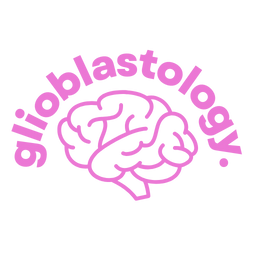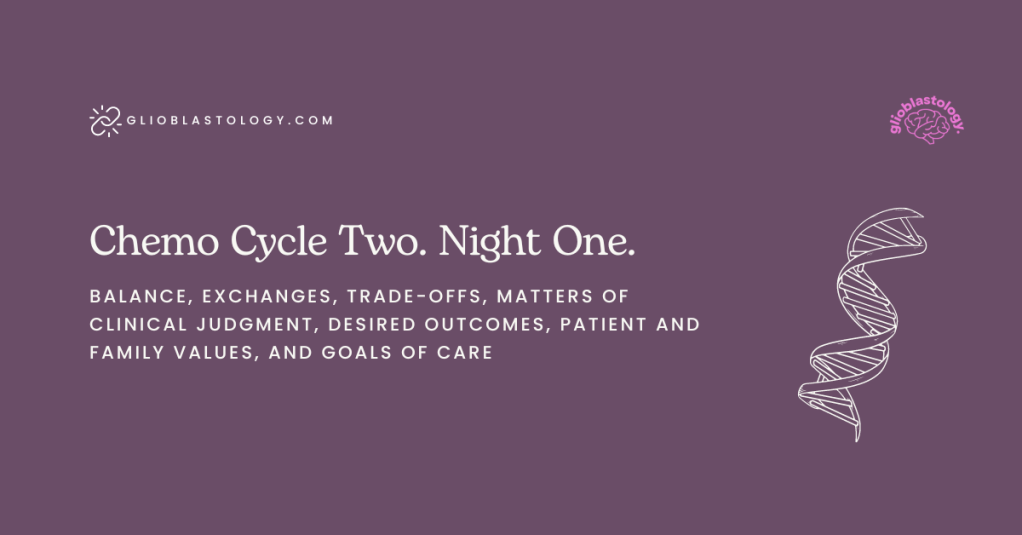The calf-ankle.
Aka.
The cankle.
I’ve got ‘em. I know, right? The sort of the thing that you’d rather avoid. And here’s the deal, and I’m open to the feedback if, at (soon-to-be) 42 years old, the joggers, replete with tapered leg and exposed ankles, aren’t the choice that I think they are.
“It’s the fit,” Isaac, our 12 year old may say, likely not about me. I think fit presupposes something cool. The neighbor called these pants “comfortable” a couple of weeks ago at the bus stop. Comfortable. Things aren’t looking good if we’re judging fit.
The cankles are the fault of the steroids. Avoid debilitating headaches; develop cankles.
Listen, it’s not so bad, right? My left foot and ankle are tender, but a little more potassium, maybe take a trip down the legume aisle, keep the fluids going, get in a walk if I can manage it, and having a couple stumps at the bottom of my legs is a small price to pay to address the neurological symptoms; and temporary at that. That’s what this is. That’s what my life is, and maybe this resonates with you, too, in your life. Not the temporary thing, but of course, all of us are, but no, the word I’m searching for is balance.
A little of this in exchange for some of that. Medicine generally is this way. We have a million ways to express a similar idea, whether that’s evaluating medical decision making by plotting choices and potential outcomes on quantity-of-life and quality-of-life axes, or the balance sounds like, “It’s the dose that makes the poison,” meaning many things are good, or at least tolerable, until they aren’t.
I don’t think I’m mixing metaphors too tragically. Balance, exchanges, trade-offs, matters of clinical judgment, desired outcomes, patient and family values, and goals of care, these all strike me as dimensions of care that press us to ask why before we ask what. Why pursue treatment for this? Before prescribing what supports that clinical aim–the indication.
Why treat these headaches? Because it is infringing on my quality of life. What do we order to treat the headaches? Steroids. In exchange for that palliation, you’ll experience other side effects. The calculus is something like, don’t allow the what to infringe backwards onto the why. If your what clouds the goals, values, and aims of why you chose a treatment plan, this is a good heuristic to critically examine your why or let the doc know this what ain’t it.
“Make a decision based on your quality of life today, not what could be the case in the future?”
You’ve heard this before from me. My neurosurgeon spoke these words to me during an awake brain surgery nearly eight years ago. I consider that advice on an ongoing basis. It’s how I evaluate my whys: Why would I choose to move in this direction or that, give up this opportunity and pursue this other one, and the more weighty, for example, declining radiotherapy that was recommended to me as a component of my treatment plan. Why decline, or at least defer, radiation therapy? Because I am concerned the what will mean an increase in the statistical likelihood of impairment, including cognitive impairment.
That is something I am truly afraid of, friends. And yet, that fear is unfounded. I’m assuming too much without experience.
I acknowledge that at some point the why of presence with my family may reorient my decision making toward incorporating radiotherapy. Had this week’s scan included even slightly more growth than that growth we did observe, I was prepared to initiate radiation immediately, only with the support of the care team, of course. But it’s the ongoing dialogue with our whys’ and with our desired quality of life that are as important as the treatment plan itself.
It’s chemotherapy cycle round two, night one. My Zofran is already on board, and in a matter of minutes, 450 mg of temozolomide are headed down the hatch to go to work. It’s a dumb bomb. A systemic chemo. A big dose of killer molecules, a good volume of which we hope to slip through the protective covering of the brain, known as the blood brain barrier, and begin affecting cells. The drug is known as an alkylating agent, and its job is to mess with cellular DNA to induce cell death. That’s a third grade explanation but it isn’t an incorrect description.
My blood counts were a little down. I have cankles. My sleep has been disturbed.
Balance.
My counts were high enough that I am allowed to begin chemo. I asked to be allowed to begin tapering off the steroids after this chemo cycle. I can make lifestyle adjustments to better dial in my sleep.
Maybe add to the list of things we balance, perspective. Where’s my quality of life today? Why? What would help me close a gap between desired quality and reality? Better yet, what tactics will lead to the quality of life that I desire? Some of these tactics may feel out of reach as health events occur, and this is the difficulty of serious illness. But this is why we center ourselves in today.
And for today, I’m going to go swallow some toxic stuff because I’ve got a life to live, and I’m still living it as well as I could be. Cankles and all.


Leave a comment